Genetics play a significant role in determining the personality traits of domestic cats, including aggression. Some breeds are more predisposed to aggressive behavior than others due to their genetic makeup. For example, certain wildcat ancestors of domestic breeds had to exhibit fierce behaviors to survive, which could manifest in their domesticated descendants. Moreover, individual cats can inherit a specific temperament from their parents and grandparents, making aggression a family trait that can be passed down through generations.
Early Socialization and Environment
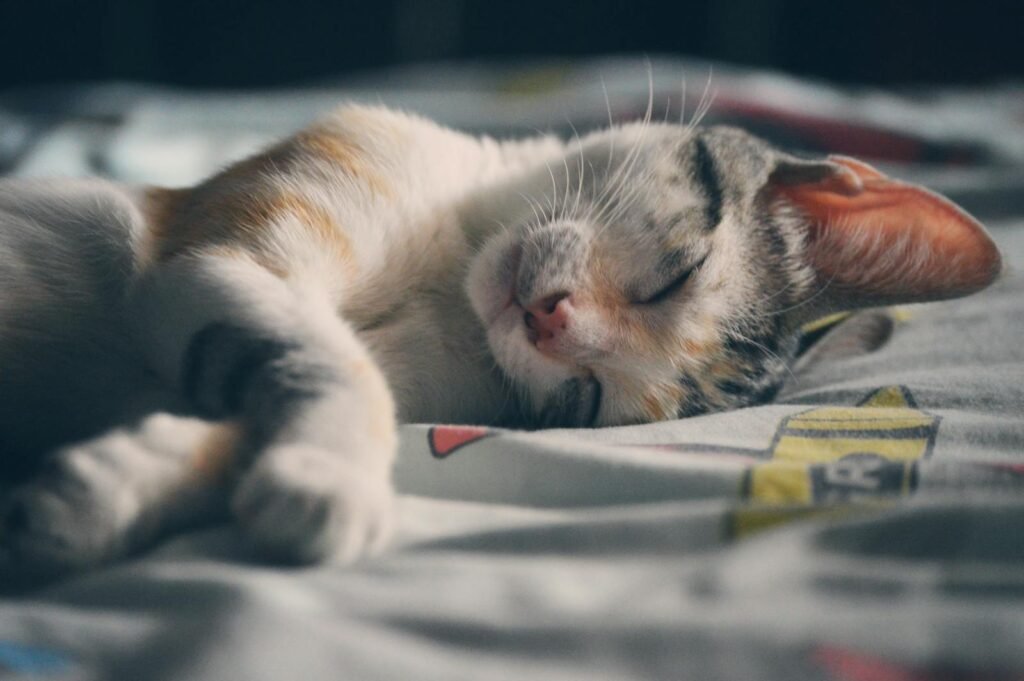
The environment in which a kitten is raised significantly impacts its behavior as an adult. Cats that are not socialized at a young age may become more aggressive due to fear or unfamiliarity with humans and other animals. Early social interactions are crucial for cats to develop trust and comfort with their surroundings. Kittens that are handled gently and frequently by humans and exposed to different environments are less likely to develop aggressive tendencies.
Fear and Anxiety
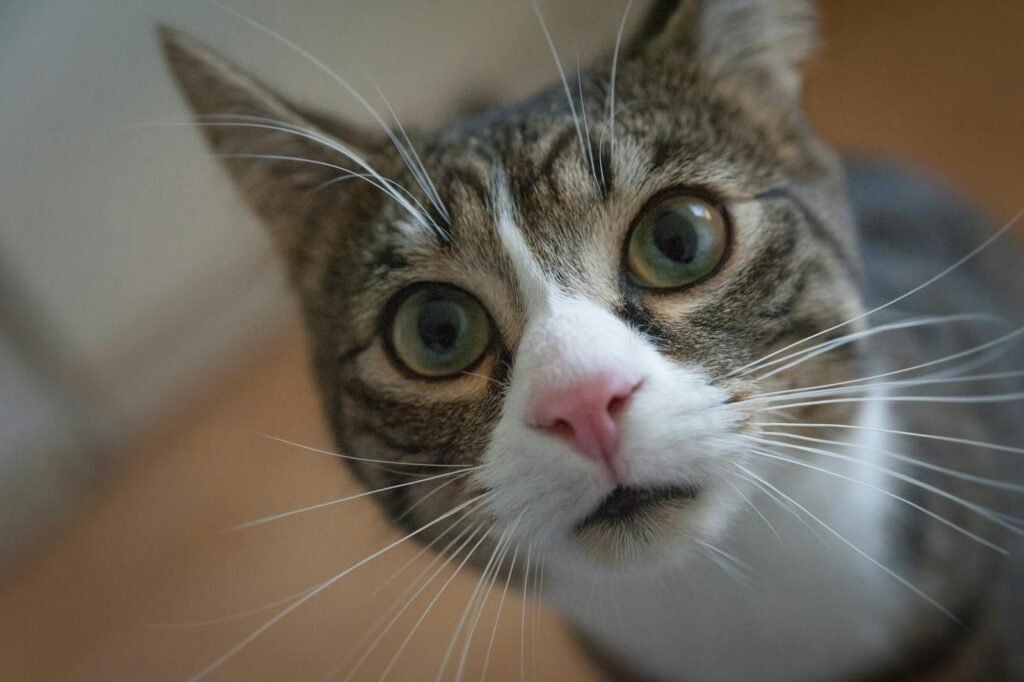
Fear and anxiety are common triggers for aggression in cats. When a cat feels threatened, its natural response may be to lash out in an attempt to defend itself. This fear can stem from new environments, unfamiliar people, or other perceived threats. Providing a safe and secure environment, as well as gradual exposure to new stimuli, can help reduce a cat’s anxiety and, consequently, its aggressive behaviors.
Territoriality

Cats are territorial animals, and some exhibit strong protective instincts over their space. Aggression can arise when a cat perceives an intruder in its territory, whether it is another cat, a different pet, or even a human. Understanding a cat’s need for personal space and providing enough resources such as litter boxes, resting spots, and feeding areas can help minimize territorial disputes.
Pain or Medical Issues
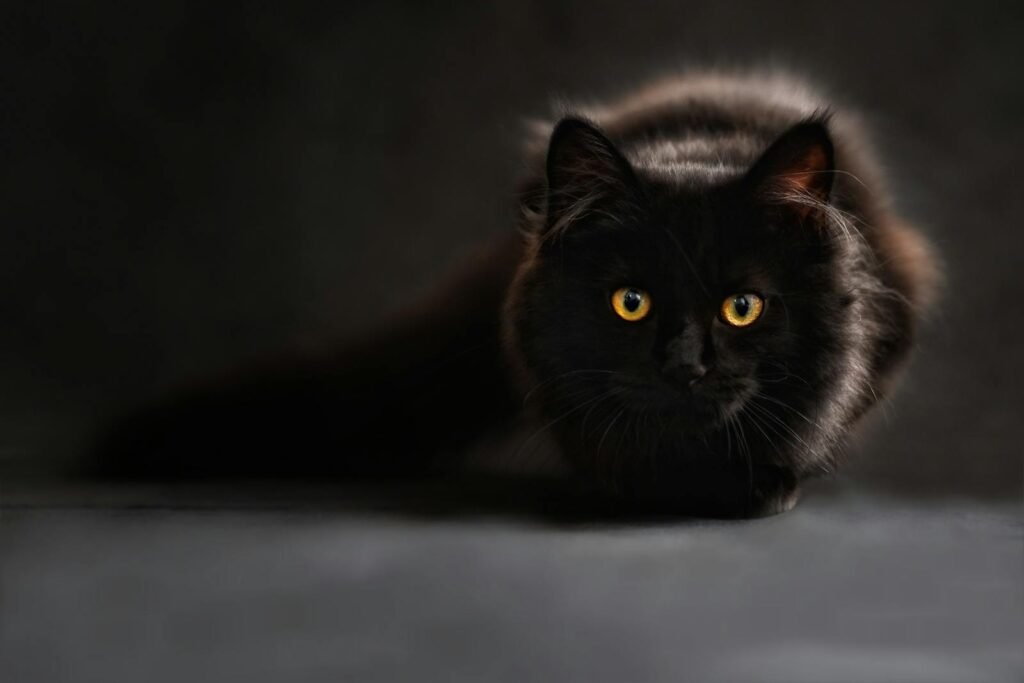
Undiagnosed medical issues or pain can lead to aggression in cats. Conditions such as dental disease, arthritis, or urinary tract infections may cause discomfort that leads a cat to lash out. If a typically gentle cat suddenly becomes aggressive, it’s advisable to consult a veterinarian to rule out any medical causes. Addressing underlying health problems can often resolve behavioral issues related to pain.
Play Aggression
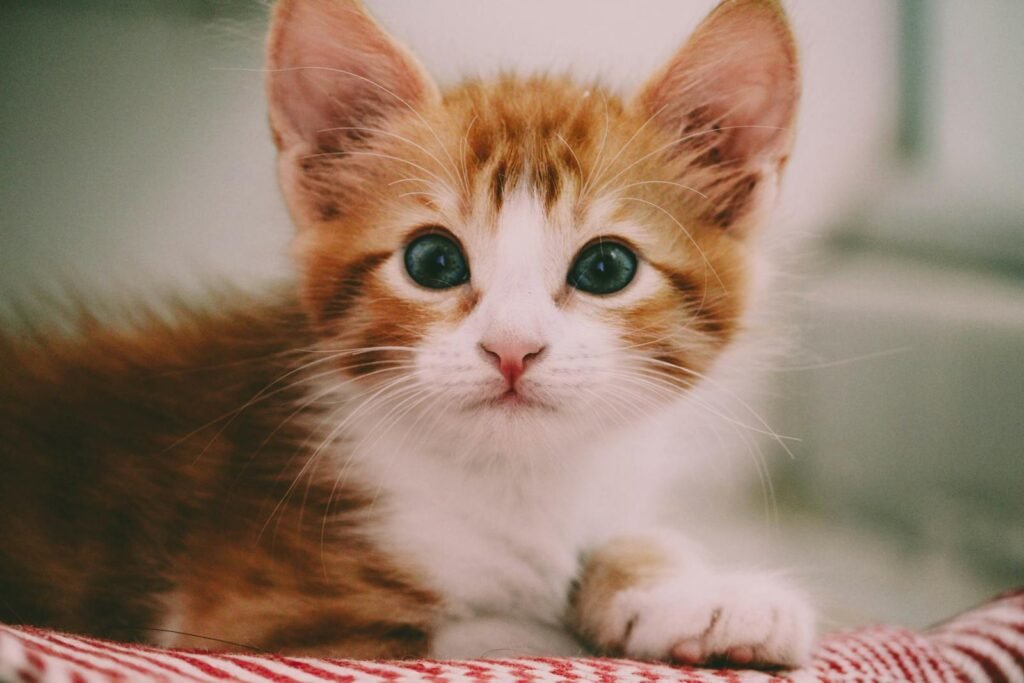
Sometimes, a cat’s aggression is linked to play behavior. Kittens and young cats, in particular, enjoy chasing and pouncing as part of their natural play. However, when these play instincts are not properly directed or are encouraged inappropriately by human companions, it can lead to aggressive play. Engaging cats with appropriate toys and redirecting their energy away from hands or feet can help mitigate this type of aggression.
Dominance and Hierarchical Stress
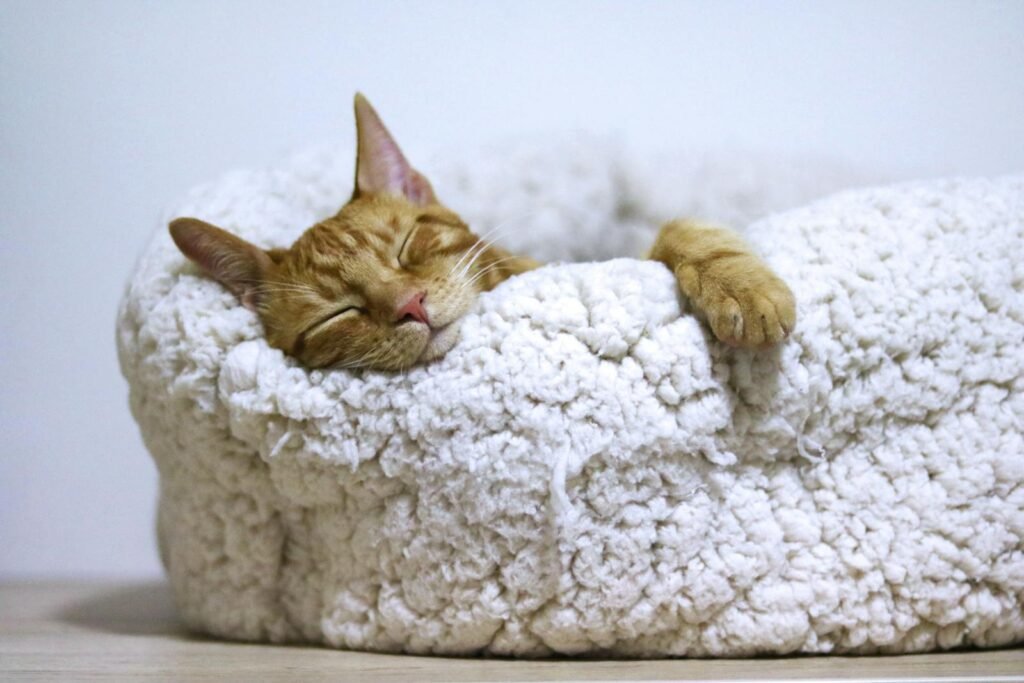
In multi-cat households, dominance and hierarchical stress can contribute to aggressive behaviors. Cats establish a social hierarchy, and disputes can arise over who is in charge. Properly introducing new cats and monitoring their interactions can help establish a peaceful coexistence. Providing ample resources and vertical space can reduce competition and minimize aggressive displays related to dominance.
Mating Instincts and Hormonal Influences
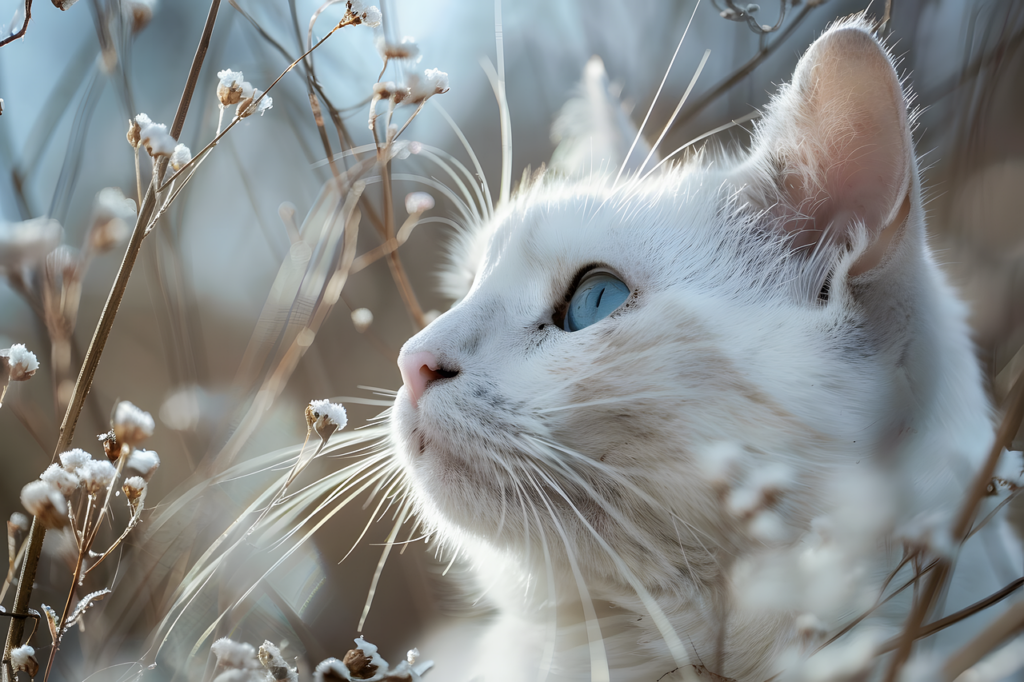
Intact males and females can display increased aggression due to hormonal influences and mating instincts. Males may become particularly aggressive during mating seasons, while females may act defensively when in heat. Spaying or neutering cats can help reduce hormonally driven aggression and contribute to more stable and predictable behavior patterns.
Owner’s Influence and Command Structure

The behavior and attitude of a cat’s owner can influence its aggression levels. Owners who unconsciously reinforce aggressive behavior, whether through inconsistent discipline or lack of clear boundaries, may find their cats becoming more aggressive over time. Establishing a clear command structure, reinforcing positive behavior, and avoiding physical punishment can result in a well-adjusted and less aggressive pet.
How to Manage and Reduce Aggression
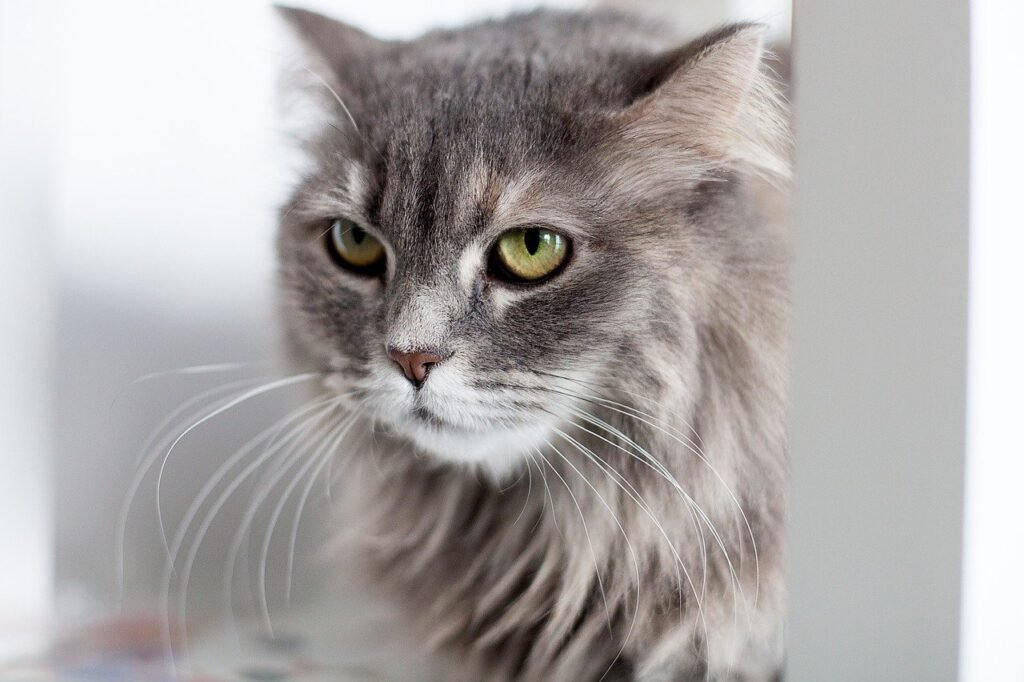
Understanding the root causes of a cat’s aggression is crucial for managing and reducing it. Consistent training, proper socialization, and a stable environment can help. Behavioral modification techniques, such as positive reinforcement and redirection, prove effective. In more severe cases, consultation with a veterinarian or animal behaviorist may be necessary to implement a structured behavior modification plan.
Hi, I’m Bola, a passionate writer and creative strategist with a knack for crafting compelling content that educates, inspires, and connects. Over the years, I’ve honed my skills across various writing fields, including content creation, copywriting, online course development, and video scriptwriting.
When I’m not at my desk, you’ll find me exploring new ideas, reading books, or brainstorming creative ways to solve challenges. I believe that words have the power to transform, and I’m here to help you leverage that power for success.
Thanks for stopping by, Keep coming to this website to checkout new articles form me. You’d always love it!






